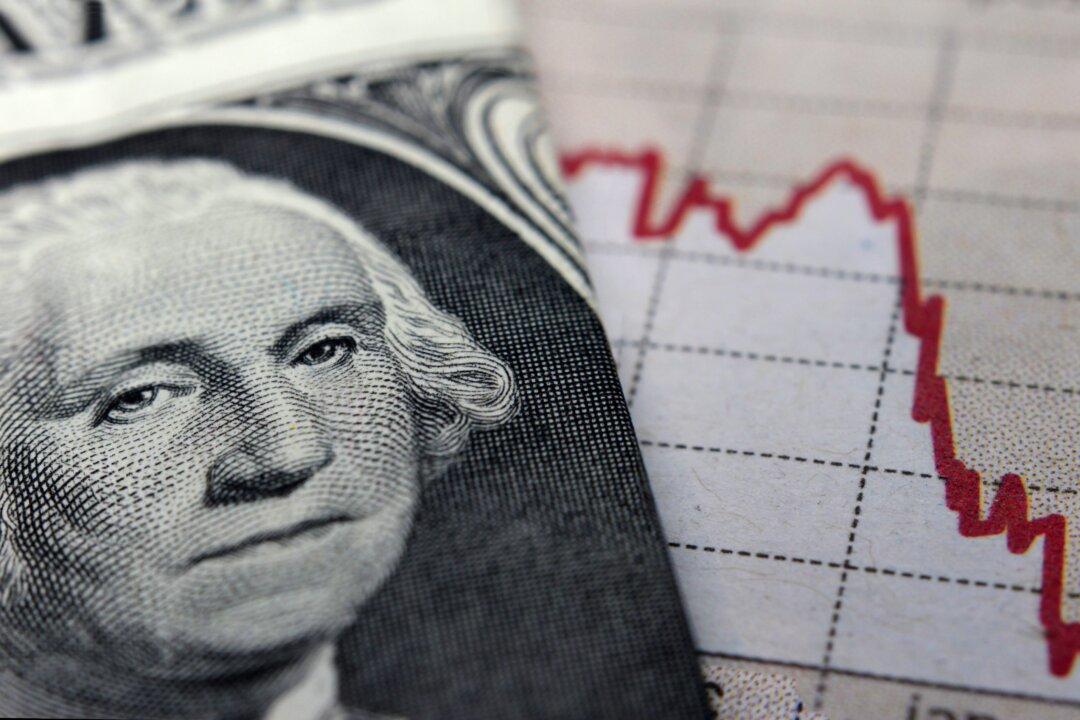Commentary
While the Federal Reserve and Janet Yellen thought they had overcome high inflation, inflation began to bottom out but now has signs to reflate. This is exactly the story of stagflation in the 1970s, where, at that time, the Federal Reserve also thought it had overcome inflation but, in fact, had not. Inflation is like a chronic disease such as diabetes, which is not imminently fatal but leads to other problems as time goes on. Because high inflation is never as urgent as recession, central banks tend not to place a high priority on this as long as the risk of having the latter is obvious.





